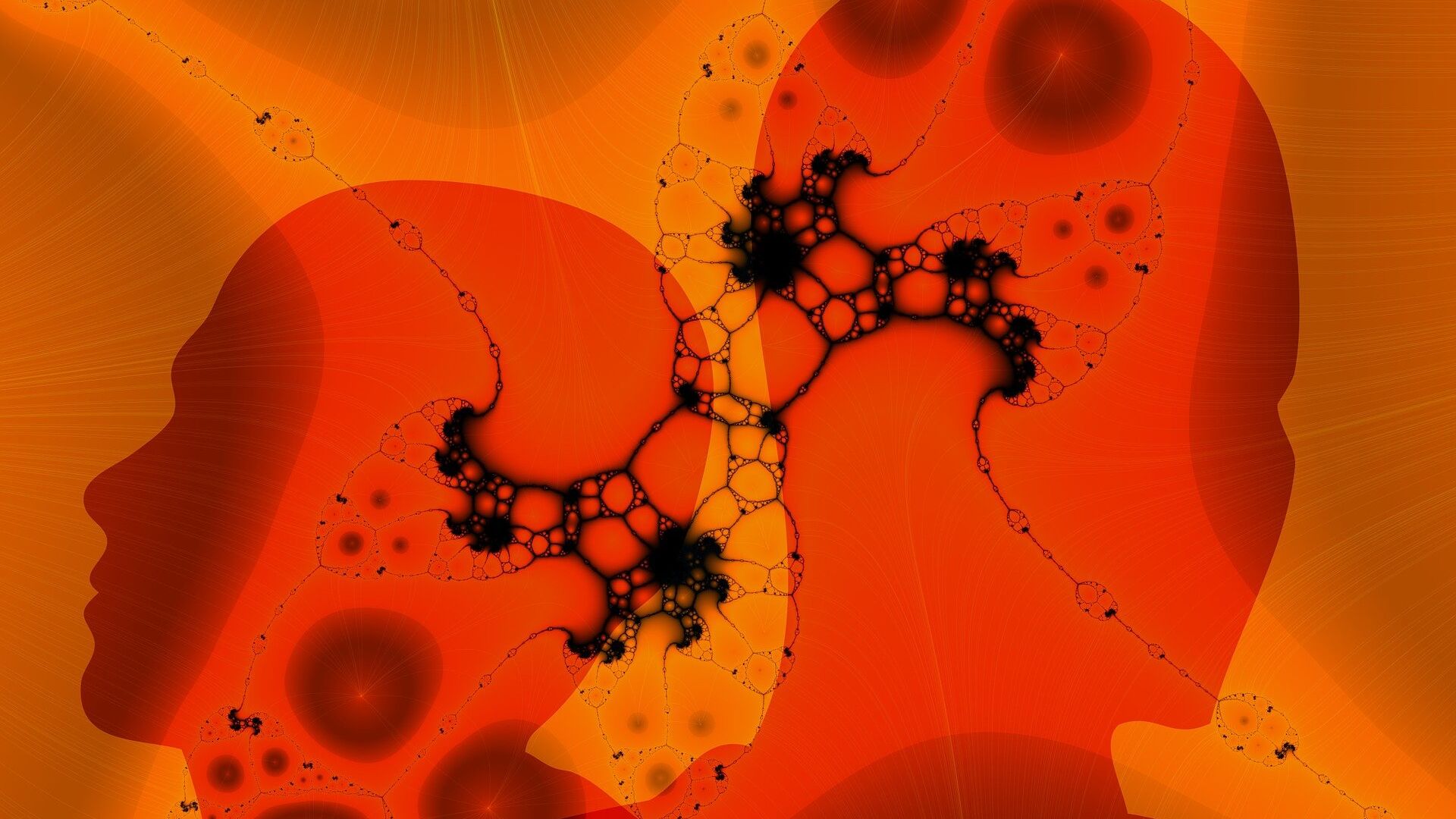https://sputnikglobe.com/20231215/living-brain-tissue-powers-breakthrough-cyber-neural-network--study-1115574373.html
Living Brain Tissue Powers Breakthrough Cyber Neural Network — Study
Living Brain Tissue Powers Breakthrough Cyber Neural Network — Study
Sputnik International
The 'Brainware' chip is revolutionary, blending a miniaturized brain analog with electronic elements. It significantly enhances speech recognition and mathematical calculations — but also raises ethical considerations.
2023-12-15T15:24+0000
2023-12-15T15:24+0000
2023-12-15T15:24+0000
beyond politics
indiana university
science & tech
society
brain
neuro-interface
https://cdn1.img.sputnikglobe.com/img/104611/85/1046118572_0:139:1921:1219_1920x0_80_0_0_2fafdd922ff8e778e9ea1ed86b9eb352.jpg
Researchers at Indiana University have pioneered a new kind of neural network using organoids — brain-like structures — developed from stem cells, marking a significant advance in the field. The study, published in the Nature Electronics journal, explained that though significantly different from the human brain, these brain-like structures are small-scale, tissue-based models. As they are incapable of thoughts, emotions, or consciousness, they are instrumental in brain research, circumventing the ethical challenges linked to experimenting on humans.In developing neural networks, the researchers sought to replicate the low energy consumption of biological brains. While a human brain requires only 20 watts for its daily functions, AI systems built on microprocessors demand around 8 million watts to perform similar tasks.The new invention called Brainware brings together a miniaturized brain analog with a complex, closely-packed multielectrode array. This chip enables the transmission of electrical impulses and the detection of electrical activities within nerve tissue.Brainware was tested in two applications: speech recognition and solving nonlinear equations. It showed marked improvement in recognizing Japanese phrases, increasing its accuracy from 51 percent to 78 percent in more than 24 hours.Brainware was found to be faster than artificial neural networks (ANN) without long-term memory in mathematical calculations — and nearly as accurate as those with it. Brainware learned 90 percent faster than its fully electronic counterparts when given the same training duration.The development represents a significant leap forward toward creating new computer systems blending organic and electronic elements. But the research team also stressed the importance of addressing ethical concerns as the technology evolved. They also noted that the need for life support systems to maintain such brain-like models also somewhat reduces the overall energy efficiency.In a related development, Japanese scientists have created a cyborg cockroach for use in rescue missions. That project shared similarities with the Indiana University team's work: both involve integrating biological and electronic components, showcasing a trend in research towards hybrid systems.
https://sputnikglobe.com/20230815/russia-unveils-cutting-edge-uav-fitted-with-neural-network-based-object-identification-system-1112616500.html
Sputnik International
feedback@sputniknews.com
+74956456601
MIA „Rossiya Segodnya“
2023
Chimauchem Nwosu
https://cdn1.img.sputnikglobe.com/img/07e7/09/01/1113046371_0:99:1536:1635_100x100_80_0_0_9c5c627283eca931c39fe4852bbb301c.jpg
Chimauchem Nwosu
https://cdn1.img.sputnikglobe.com/img/07e7/09/01/1113046371_0:99:1536:1635_100x100_80_0_0_9c5c627283eca931c39fe4852bbb301c.jpg
News
en_EN
Sputnik International
feedback@sputniknews.com
+74956456601
MIA „Rossiya Segodnya“
Sputnik International
feedback@sputniknews.com
+74956456601
MIA „Rossiya Segodnya“
Chimauchem Nwosu
https://cdn1.img.sputnikglobe.com/img/07e7/09/01/1113046371_0:99:1536:1635_100x100_80_0_0_9c5c627283eca931c39fe4852bbb301c.jpg
neural network, brain-like structures, organoids, stem cells, brain research, ethical challenges, energy consumption, biological brains, ai systems, microprocessors, brainware, multielectrode array, electrical impulses, nerve tissue, speech recognition, nonlinear equations, japanese phrases, artificial neural networks (ann), long-term memory, computer systems, organic and electronic elements, ethical concerns, life support systems, energy efficiency, cyborg cockroach, rescue missions, hybrid systems, nature electronics journal.
neural network, brain-like structures, organoids, stem cells, brain research, ethical challenges, energy consumption, biological brains, ai systems, microprocessors, brainware, multielectrode array, electrical impulses, nerve tissue, speech recognition, nonlinear equations, japanese phrases, artificial neural networks (ann), long-term memory, computer systems, organic and electronic elements, ethical concerns, life support systems, energy efficiency, cyborg cockroach, rescue missions, hybrid systems, nature electronics journal.
Living Brain Tissue Powers Breakthrough Cyber Neural Network — Study
The development of the 'Brainware' chip is revolutionary, blending a miniaturized brain analog with electronic elements. It significantly enhances speech recognition and mathematical calculations — but also raises ethical considerations and challenges related to energy efficiency.
Researchers at Indiana University have pioneered a new kind of neural network using organoids — brain-like structures — developed from stem cells, marking a significant advance in the field.
The study,
published in the
Nature Electronics journal, explained that though significantly different from the human brain, these
brain-like structures are small-scale, tissue-based models. As they are incapable of thoughts, emotions, or consciousness, they are instrumental in brain research, circumventing the ethical challenges linked to experimenting on humans.
In developing neural networks, the researchers sought to replicate the low energy consumption of biological brains. While a human brain requires only 20 watts for its daily functions, AI systems built on microprocessors demand around 8 million watts to perform similar tasks.

15 August 2023, 14:38 GMT
The new invention called Brainware brings together a miniaturized brain analog with a complex, closely-packed multielectrode array. This chip enables the transmission of electrical impulses and the detection of electrical activities within nerve tissue.
Brainware was tested in two applications: speech recognition and solving nonlinear equations. It showed marked improvement in recognizing Japanese phrases, increasing its accuracy from 51 percent to 78 percent in more than 24 hours.
Brainware was found to be faster than artificial
neural networks (ANN) without long-term memory in mathematical calculations — and nearly as accurate as those with it. Brainware learned 90 percent faster than its fully electronic counterparts when given the same training duration.
The development represents a significant leap forward toward creating new computer systems blending organic and electronic elements. But the research team also stressed the importance of addressing ethical concerns as the technology evolved. They also noted that the need for life support systems to maintain such brain-like models also somewhat reduces the overall energy efficiency.
In a related development,
Japanese scientists have created a cyborg cockroach for use in rescue missions. That project shared similarities with the Indiana University team's work: both involve integrating biological and electronic components, showcasing a trend in research towards hybrid systems.




